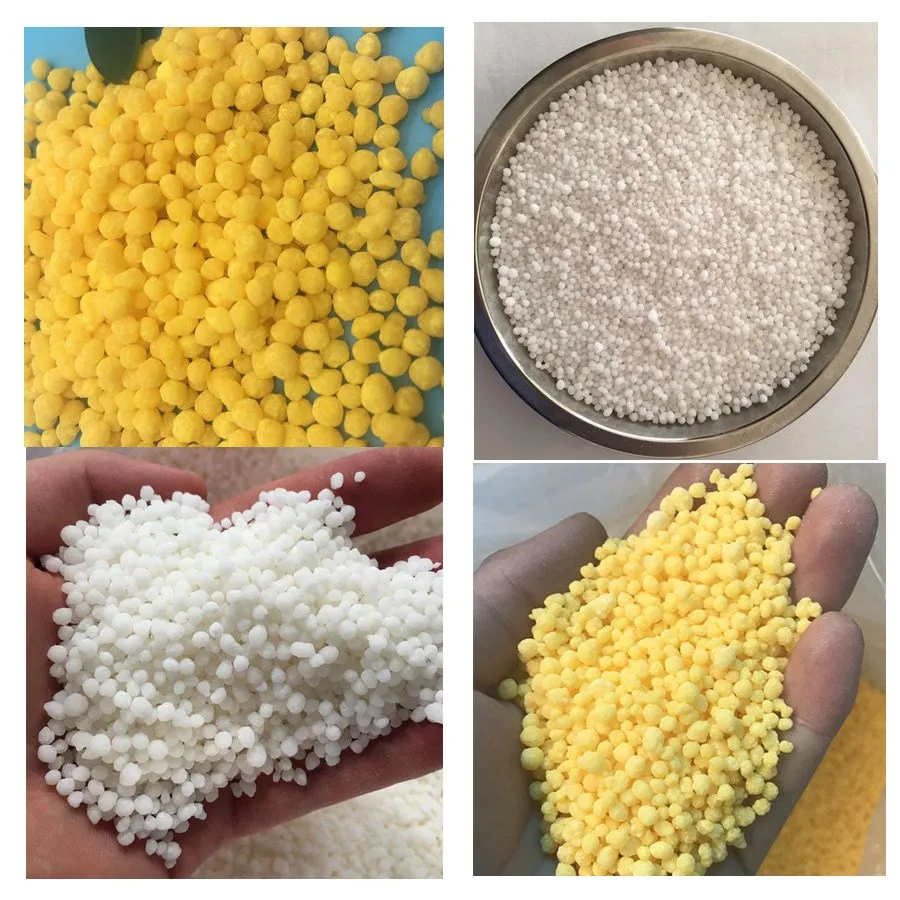
Sep . 11, 2024 19:09 Back to list
18-9-9 Fertilizer Factory - Quality Fertilizers for Optimal Plant Growth
The Importance of 18-9-9 Fertilizer in Modern Agriculture
In the contemporary landscape of agriculture, the quest for maximizing crop yield while maintaining soil health is pivotal. One significant player in this arena is the 18-9-9 fertilizer, a balanced fertilizer formulation that supports various stages of plant growth. The numbers 18-9-9 refer to the percentage of nitrogen (N), phosphorus (P), and potassium (K) in the fertilizer, respectively. Each of these elements plays a crucial role in supporting plant life and enhancing agricultural productivity.
Understanding the Components
The primary nutrient in the 18-9-9 fertilizer is nitrogen, comprising 18% of the mix. Nitrogen is essential for plant growth as it is a vital building block of amino acids, proteins, and chlorophyll, the green pigment responsible for photosynthesis. With adequate nitrogen, plants exhibit robust foliage and vigorous growth, allowing them to utilize sunlight efficiently and produce more energy.
Phosphorus, constituting 9% of the fertilizer, is critical for root development and flowering. It plays a significant role in energy transfer within the plant, particularly in the formation of ATP (adenosine triphosphate), which fuels plant metabolic processes. A healthy amount of phosphorus ensures that crops develop strong root systems, leading to improved nutrient absorption and resilience against environmental stressors.
The remaining 9% consists of potassium, which is integral to overall plant health. Potassium regulates various physiological processes, including water uptake and enzyme activation. It helps plants withstand droughts and diseases, making it an essential nutrient for maintaining crop quality and yield, especially in challenging weather conditions.
18-9-9 fertilizer factory

Benefits of 18-9-9 Fertilizer
The 18-9-9 formulation is particularly advantageous for a wide range of crops, including vegetables, grains, and ornamental plants. Its balanced nutrient ratio promotes even growth and minimizes the risk of nutrient deficiency. Additionally, the fertilizer is often formulated for slow release, ensuring that nutrients are available to plants over an extended period, thereby reducing the frequency of application and enhancing labor efficiency for farmers.
Moreover, using 18-9-9 fertilizers can contribute to sustainable agricultural practices. When applied judiciously, they can improve soil health and fertility over time, supporting the ecological balance of farming operations. As farmers increasingly adopt precision agriculture techniques, the targeted use of fertilizers like 18-9-9 can lead to optimized yield without the adverse effects of over-fertilization.
Conclusion
In conclusion, the 18-9-9 fertilizer represents a vital resource for modern agriculture, providing essential nutrients that foster healthy plant growth and robust crop yields. Its balanced nutrient composition, along with its environmental benefits, makes it a popular choice among farmers striving for efficiency and sustainability in their farming practices. As agriculture continues to evolve, fertilizers like 18-9-9 will remain integral to feeding the growing global population while promoting sustainable land management.
-
10 10 10 Fertilizer Organic—Balanced NPK for All Plants
NewsJul.30,2025
-
Premium 10 10 10 Fertilizer Organic for Balanced Plant Growth
NewsJul.29,2025
-
Premium 10 10 10 Fertilizer Organic for Balanced Plant Growth
NewsJul.29,2025
-
Premium 10 10 10 Fertilizer Organic for Balanced Plant Growth
NewsJul.29,2025
-
50 Pound Bags of 13-13-13 Fertilizer for All Plants – Bulk & Organic Options
NewsJul.28,2025
-
High-Efficiency 15-30-15 Granular Fertilizer for Healthy Crops
NewsJul.28,2025
